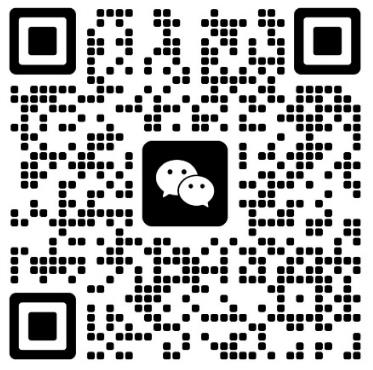The filter circuit is named according to the operating frequency band of the filter circuit: the cutoff frequency is set to fp, and signals with frequencies below fp can pass through. A circuit where signals above fp are attenuated is called a low-pass filter, and signals with frequencies above fp can pass through. The circuit where the signal below fp is attenuated is called a high-pass filter. A band-pass filter is a circuit that passes a signal between a low frequency cutoff and a high frequency cutoff.
Low-pass filters and high-pass filters can be connected in series to form a band-pass filter. As for bandwidth, you can write the transfer function first, replacing the center frequency with the gain that calculates the center frequency, a (w0), and then replacing 0 with the center frequency (w0), solving for the upper and lower frequencies (if you are interested). Anyway, it's not the low-pass cutoff frequency minus the high-pass cutoff frequency. The two cutoff frequencies are 0 times a (0) and 0 times a (infinity), not 0 times the central frequency gain, not 0 times the central frequency gain. There is an inductive output between the inputs of the low-pass filter circuit, and the input and output are respectively grounded through a capacitor. Filtering is the operation of filtering out the specific frequency band in the signal, and is an important measure to suppress and prevent interference. It is a probabilistic theory and method based on observing the results of one stochastic process to estimate another related stochastic process.
The term filter filtering originates from communication theory as a technique for extracting useful signals from received signals containing interference. "Received signal" is equivalent to the observed stochastic process, and "useful signal" is equivalent to the estimated stochastic process. For example, using radar to track aircraft, the measured aircraft position data contains measurement errors and other random disturbances. How to use this data to estimate the position, speed, acceleration, etc. of the aircraft as accurately as possible at each moment and predict the future position of the aircraft is a filtering and prediction problem.
Hotline
Scan WeChat
